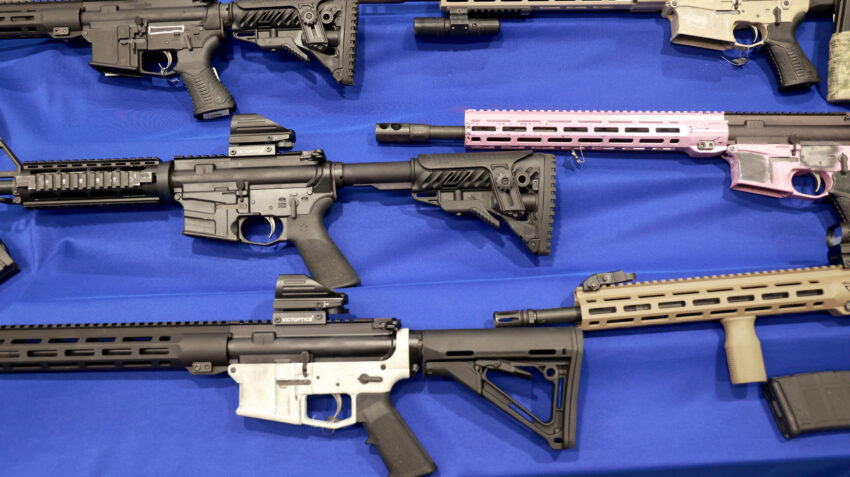The shocking broad-daylight shooting of UnitedHealthcare CEO Brian Thompson on Dec. 4 was carried out with a homemade firearm that alleged shooter Luigi Mangione may have created with a 3D printer. The increasing use of such weapons, often called “ghost guns,” has raised troubling new questions about the easy availability of homemade firearms and the challenges they pose to both public safety and the ability of law enforcement to solve crimes.
How do ghost guns work?
Ghost guns are “firearms that are privately assembled and untraceable,” said NPR. Some are created more or less from scratch using 3D printers, and others are sold as partially assembled “kits” to individuals, to avoid assigning the weapon a traceable serial number. That’s because the individual components of a gun “are not subject to any of the federal regulations that govern firearms sales,” including background checks, said PBS News.
The use of a ghost gun in Brian Thompson’s killing was hardly a new development. Gun kits allowing people to build their own weapons by simply completing a few simple assembly steps at home have been around since the 1980s, and that is still how many people obtain their ghost guns. But the ease of creating homemade firearms increased dramatically with the rise of 3D printing in the 2010s. 3D printing is a “manufacturing process in which material is laid down, layer by layer, to form a three-dimensional object,” said PC Mag. 3D printers, therefore, can use that process to “turn digital files containing three-dimensional data” into a variety of items. As costs have fallen over the past 20 years, 3D printing is “no longer a novelty technology,” said Steve Lohr at The New Yorker.
Sign up for The Week’s Free Newsletters
From our morning news briefing to a weekly Good News Newsletter, get the best of The Week delivered directly to your inbox.
From our morning news briefing to a weekly Good News Newsletter, get the best of The Week delivered directly to your inbox.

